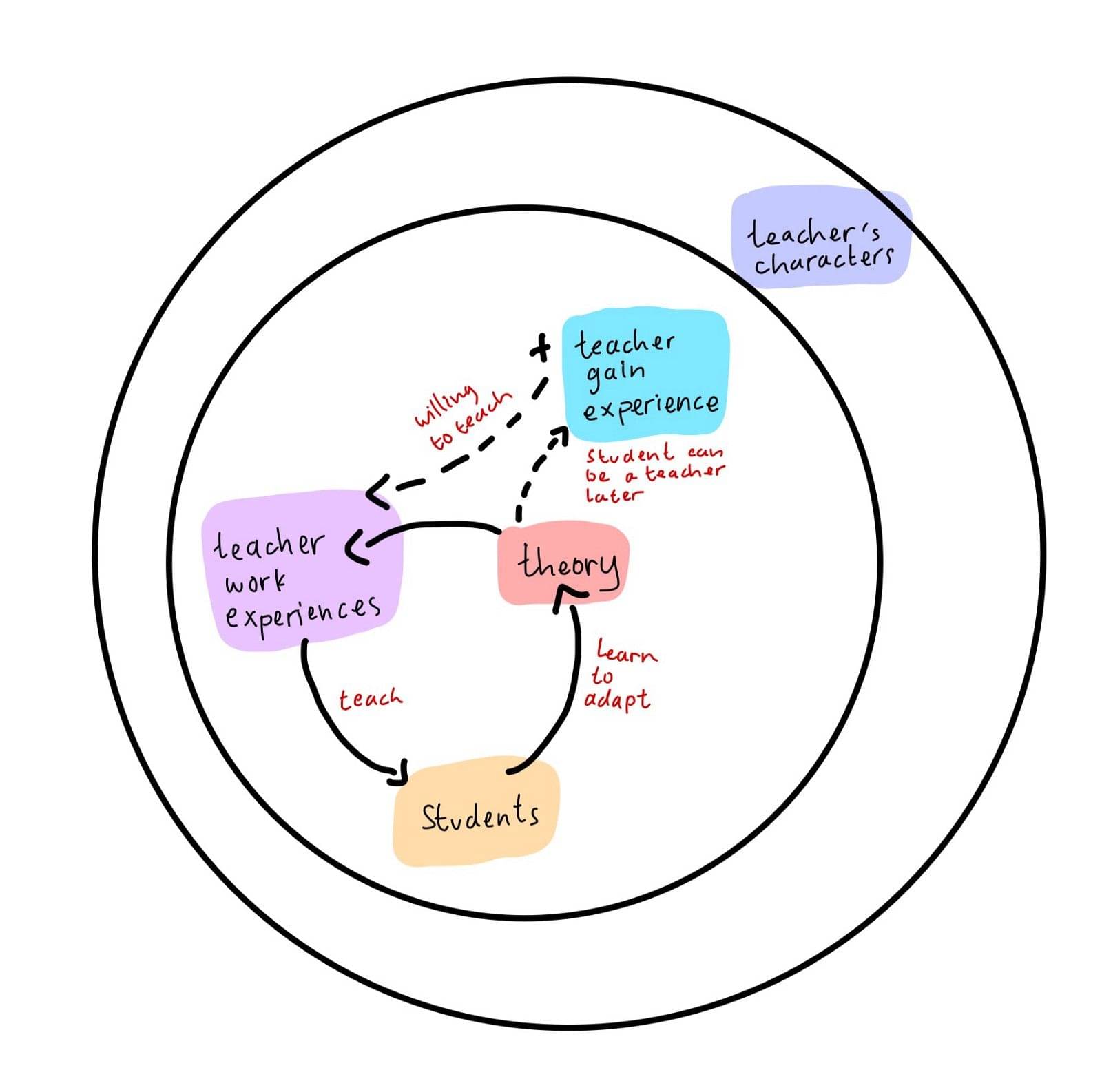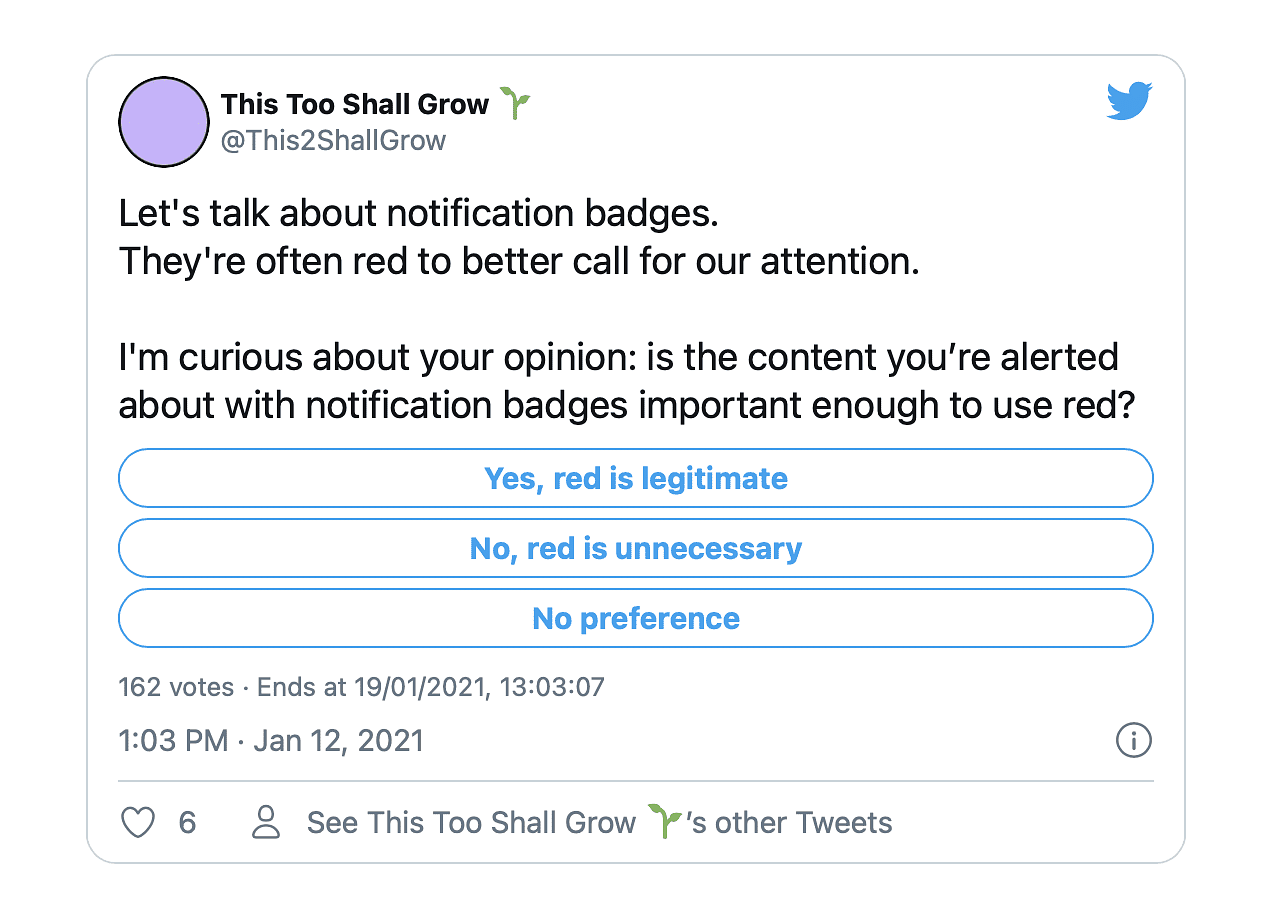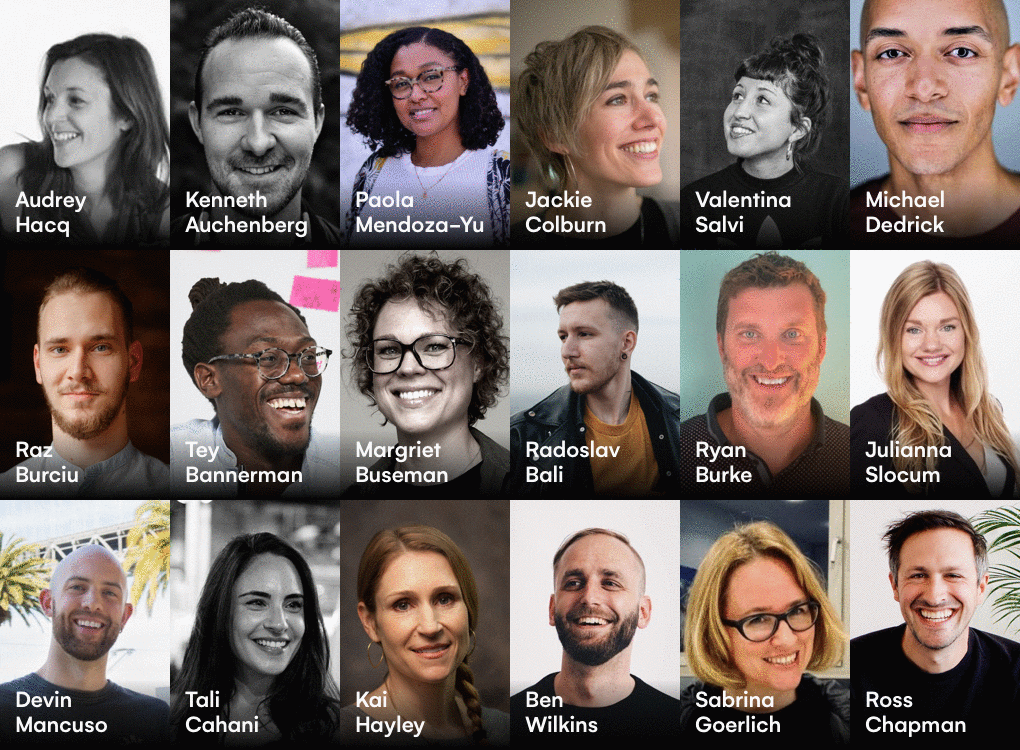High website traffic doesn’t necessarily mean high conversions. Sure, you might have an attractive home page, but your bounce rate is through the roof. What could be the problem?
In this article, we’ll provide you with a few choice pieces of advice to get your conversions back on track.
- Best Headlines for Conversions
When someone visits your website for the first time, likely the first thing they’ll notice is your menu bar. If you don’t have your headlines and labels optimized, you’re only setting yourself up for failure.
Here are a few examples of great headlines and labels that have worked in the past:
- What we want to do in the future
- Want to work for us?
- How we view ourselves as a business
As you can see from the examples above, brevity is not what we’re aiming for. In fact, when it comes to headlines, the longer the better. You can even take a simple concept like, “Who we are” and turn it into a verbose phrase like, “How we view ourselves as a business”. Viewers to your site will appreciate your turn of phrase and be more likely to keep reading. Way to go, Shakespeare!
*Disclaimer – If you want your website to generate conversions, do the opposite of the advice above. Keep your headlines and labels concise and to the point. Use simple language and don’t have more than four headlines. In short, don’t overdo it.
- Make Your Own Original Layout
When it comes to web page design, novelty is your friend. Ask yourself the following question. When you visit a new website, aren’t you tired of seeing the same, basic format? The menu bar at the top, big headlines, CTA in large print, all run of the mill for web page design.
A basic layout like this will cause visitors to bounce faster than you can yell, “WAIT!”.
When viewing your unique, original layout, visitors will be automatically interested and want to keep scrolling to find out more. Here are a few suggestions to get your creative layout juices flowing:
- Place your menu bar at the bottom of the screen
- Make your headlines tiny
- Bury your CTA in text
Believe it or not, but people actually enjoy searching for information. The more difficult you make it to find and navigate necessary details like your menu bar or CTA button, the more you will perk your visitor’s interest. That’s why we suggest placing your menu bar at the very bottom of the screen. You can be sure visitors will enjoy the hunt!
*Disclaimer – Please don’t do this. Instead, use a standard layout. It has been time-tested and proven to deliver conversions. If you keep your menu bar at the top and CTA button visible, you can’t go wrong.
- The More CTAs the Better
It is a known fact that call to action buttons on a website cause conversions. They are the direct link to the sale, email list, or subscription. The more of them you have on your home screen the better.
Don’t worry about placing CTA with different goals in the same space. They all lead to conversions, so the more there are, the more likely a visitor will be to click on one.
Better yet, think of the offline conversions that come as a result of interaction with website appointment booking feature or simple contact information on the site. For the companies that are selling offline services through the websites, simplifying the way site visitors interact with the business shall be great advice.
*Disclaimer – The truth of the matter is that conflicting CTAs on the same page can hurt conversions. Ideally, you want one or two CTAs per webpage, but make sure they’re serving the same function. Whether a sale, referral, or subscription, pick one CTA approach per page.
- Empty Space is Wasted Space
When designing your website, you want to fit in as much information as possible. After all, you’re paying for it, so why not use it? Remember, empty space is dead space.
A picture speaks a thousand words, so feel free to add as many images as you want. The more information a visitor sees on your homepage, the more credible they will believe you to be. Such an approach is guaranteed to generate conversions.
*Disclaimer – The more info you have on a web page, the longer it will take to load. Research has shown that longer-loading websites experience higher bounce rates. So if you want your website design to generate conversions, minimize the clutter and use space to call attention to your menu and CTA.
- Mobile Is A Dead Technology
Mobile technology is going nowhere fast. These days, people are using desktops more than ever, and desktop use is only expected to increase in the future.
In light of these facts, you must design your website with desktop in mind, while ignoring adjustments to mobile. Keep your design static, don’t worry about scrolling, and your website will have more conversions than ever before!
*Disclaimer – Obviously we’re joking here. Mobile technology is fast becoming the primary way people use the internet, especially for purchasing and booking appointments. Therefore, you should design your website with mobile in mind. Eliminate excess clutter that could cause slow loading speed and make it scroller-friendly.
Conclusion
All joking aside, if you want your website to generate more conversions, don’t take the above advice seriously. Increasing conversion rates requires an in-depth look at your website design and navigation.
Your visitors’ eyes should be attracted to your labels. Keep them simple, so they create conversions. Use general business automation techniques to make sure your website conversions are increasing organically and drive sales.
A standard website design has been shown to generate conversions. Don’t get artistic, save your creativity for your ad campaign. Keep your design simple, stick with what works. Make sure your CTAs are relevant to each other and don’t clutter your web page with excess ones.
Keep mobile in mind.
If you follow this simple advice, your website is sure to not only attract more visitors but generate more business as well.





